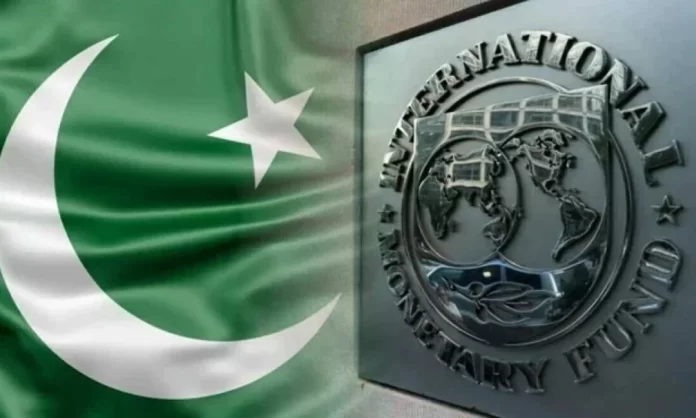The International Monetary Fund (IMF) has downgraded Pakistan’s growth forecast to 2.6%, primarily due to the impact of rising US tariffs. This adjustment follows the introduction of tariffs on nearly all trading partners by the US, which includes a 29% tariff on Pakistani exports. While this could create immediate challenges, economists suggest it may offer some long-term opportunities.
Earlier in January, the IMF had revised Pakistan’s growth estimate to 3% for the fiscal year, down from an initial projection of 3.2%. The latest forecast now stands at 2.6% for the current fiscal year and 3.6% for the next. Inflation is expected to reach 5.1% for the current fiscal year, rising to 7.7% in the following year.
The Pakistan Institute of Development Economics (PIDE), a state-owned think tank, warned that these increased tariffs could severely disrupt Pakistan’s export sector, potentially leading to macroeconomic instability, significant job losses, and a sharp reduction in foreign exchange earnings.
On a global scale, the IMF has also downgraded its growth forecast, reducing it by 0.5 percentage points to 2.8% for 2025. The IMF cautioned that rising trade tensions would continue to impact global economic activity, including in Pakistan, where the ongoing tariff issues are a critical concern. IMF chief economist Pierre-Olivier Gourinchas highlighted that escalating trade disputes could fuel further uncertainty, volatility in financial markets, and tighter financial conditions globally.
For Pakistan, the rise in trade tariffs underscores the need for economic diversification. The IMF’s report emphasizes that significant structural reforms are necessary to address these challenges and reduce dependence on vulnerable sectors like exports.




